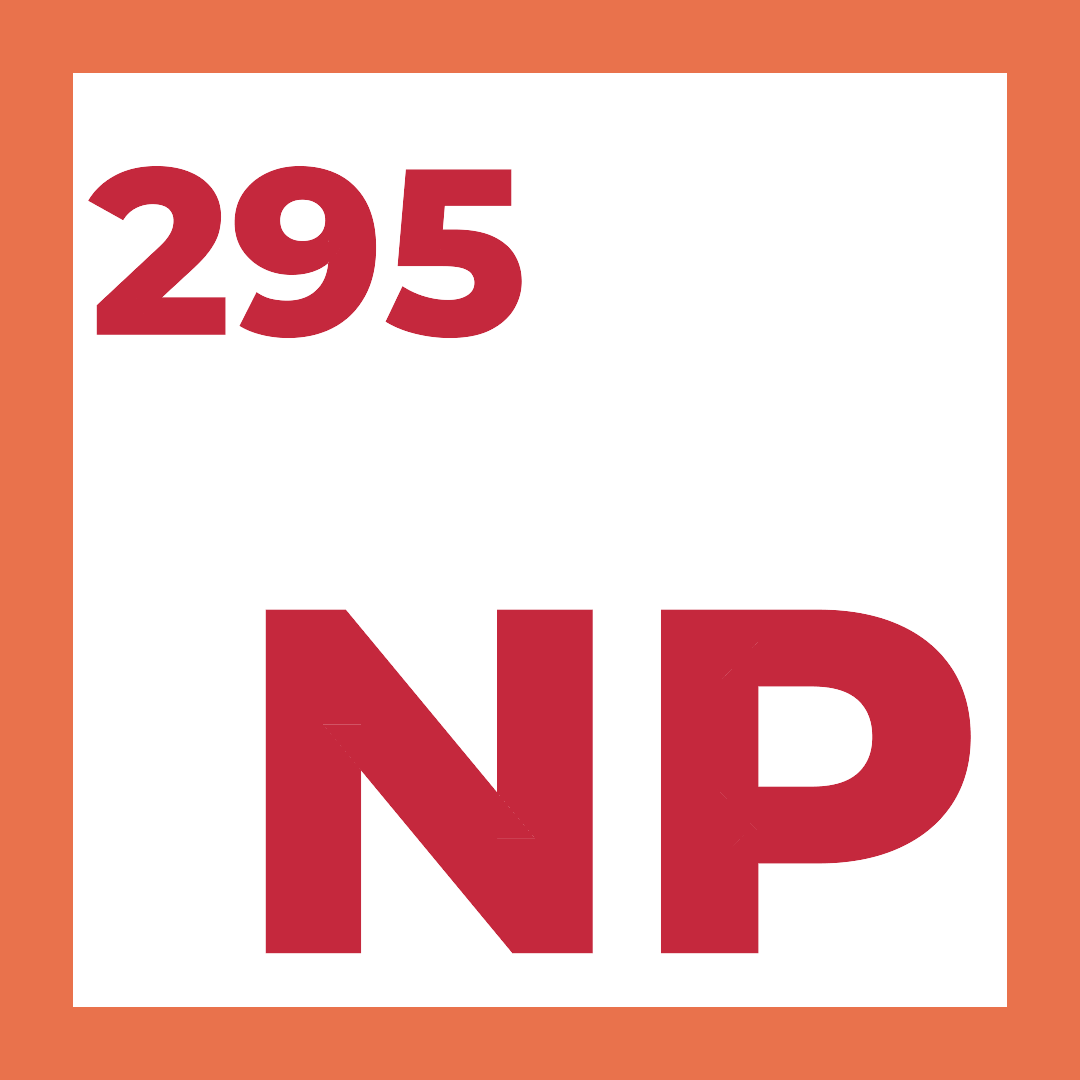
In this risk mitigation table, we have outlined various project risks and provided detailed mitigation strategies for each. These strategies encompass a wide range of considerations, from technology integration and scope management to resource allocation, data security, and stakeholder alignment. By conducting compatibility testing, establishing clear project scopes, and proactively addressing resource constraints, organizations can better manage project complexities and reduce the likelihood of setbacks due to unforeseen risks. Furthermore, the strategies emphasize the importance of robust security protocols, adherence to data privacy regulations, and the necessity of transparent project management methodologies, ensuring that projects stay on course and align effectively with organizational objectives. With these mitigation strategies at their disposal, organizations can navigate potential pitfalls and enhance project success.

In “Architecting Data Lakehouse Success: A Cohort for CxOs and Tech Leaders,” we embark on an insightful journey through the evolving landscape of data engineering and architecture. This book is a comprehensive exploration, spanning the history, anatomy, and practical application of data lakehouses. It’s designed for technical leaders, architects, and C-suite executives who aim to merge strategic business vision with technical architectural prowess.
| Risk | Mitigation |
|---|---|
| Technology Integration and Compatibility | Conduct Compatibility Testing: Ensure that all technologies and systems being integrated are compatible with each other. This involves thorough testing to identify and resolve any compatibility issues before they impact the project. Additionally, Ensure Flexible Architecture: Design your system with flexibility in mind, allowing for easy integration of new technologies and updates without disrupting the existing infrastructure. This flexibility ensures adaptability to changing technology landscapes and reduces integration challenges. |
| Scope Creep | Establish Clear Project Scope: Define and document the project scope comprehensively, including objectives, deliverables, and boundaries. Implement Change Control Processes: Put in place formal change control processes to evaluate and approve any scope changes. This helps prevent uncontrolled scope expansion and ensures that changes align with project goals and priorities. |
| Resource Constraints | Conduct Regular Resource Reviews: Continuously monitor resource allocation and utilization. Proactive Resource Allocation: Anticipate resource needs and allocate them proactively to avoid shortages or bottlenecks that could hinder project progress. |
| Data Security and Privacy Compliance | Implement Robust Security Protocols: Develop and enforce strict security protocols, including encryption, access controls, and intrusion detection systems, to safeguard sensitive data. Regular Audits: Conduct regular security audits to identify vulnerabilities and ensure compliance with data privacy regulations. Compliance with Regulations: Stay informed about relevant data privacy regulations and ensure ongoing compliance to avoid legal and reputational risks. |
| Technical Debt | Prioritize Refactoring and Quality Assurance: Allocate time and resources to prioritize refactoring and improving code quality. Address Technical Debt Regularly: Regularly assess and address technical debt to prevent it from accumulating and becoming a significant project hindrance. |
| Vendor Dependency and Lock-In | Diversify Vendor Portfolio: Avoid excessive reliance on a single vendor by diversifying your vendor portfolio. Negotiate Flexible Contracts: When entering into vendor contracts, negotiate terms that allow for flexibility and easy transition to alternative solutions if needed. Use Open Standards: Prefer technologies and solutions based on open standards to reduce the risk of vendor lock-in. |
| Stakeholder Misalignment | Regular Stakeholder Engagement: Maintain continuous communication and engagement with stakeholders to ensure alignment with project objectives. Clear Communication of Goals: Clearly communicate project goals, milestones, and outcomes to all stakeholders to mitigate misunderstandings and conflicts. Align Project Objectives with Business Strategy: Ensure that the project’s objectives align with the broader goals and strategies of the organization. |
| Change Management Challenges | Implement Structured Change Management: Establish a structured change management framework that includes plans for communication, training, and stakeholder engagement. Include Training and Communication Plans: Develop training programs and communication plans to prepare teams and stakeholders for changes introduced by the project. |
| Performance and Scalability Concerns | Design for Scalability: Architect the system to accommodate growing workloads by adopting horizontal scalability principles. Performance Testing: Regularly perform performance testing to identify bottlenecks and optimize system performance. Plan for Capacity Upgrades: Develop plans for capacity upgrades based on projected usage to prevent performance issues due to insufficient resources. |
| Project Management and Oversight | Use Established Project Management Methodologies: Apply well-defined project management methodologies and practices to ensure effective oversight and control. Regular Monitoring: Continuously monitor project progress, risks, and milestones to promptly address issues. Transparent Reporting: Maintain transparency through clear and frequent reporting to stakeholders, fostering trust and accountability. |
| Disaster Recovery and Business Continuity | Develop and Test Disaster Recovery Plans: Create comprehensive disaster recovery plans and test them regularly to ensure rapid response in case of unforeseen events. Business Continuity Strategies: Implement business continuity strategies to minimize disruptions and maintain essential operations during crises or disasters. |
| Cultural and Organizational Fit | Assess Cultural Fit: Evaluate how the project aligns with the organization’s culture and values and make necessary adjustments to ensure compatibility. Engage in Organizational Change Management Practices: Employ change management practices that facilitate cultural alignment and organizational adaptation to project changes and goals. |
Available at Amazon
- US: https://www.amazon.com/dp/B0CR71D58S
- UK: https://www.amazon.co.uk/dp/B0CR71D58S
- IN: https://www.amazon.in/dp/B0CR71D58S
- DE: https://www.amazon.de/dp/B0CR71D58S
- FR: https://www.amazon.fr/dp/B0CR71D58S
- ES: https://www.amazon.es/dp/B0CR71D58S
- IT: https://www.amazon.it/dp/B0CR71D58S
- NL: https://www.amazon.nl/dp/B0CR71D58S
- JP: https://www.amazon.co.jp/dp/B0CR71D58S
- BR: https://www.amazon.com.br/dp/B0CR71D58S
- CA: https://www.amazon.ca/dp/B0CR71D58S
- MX: https://www.amazon.com.mx/dp/B0CR71D58S
- AU: https://www.amazon.com.au/dp/B0CR71D58S
Disclaimer
The views expressed on this site are personal opinions only and have no affiliation. See full disclaimer, terms & conditions, and privacy policy. No obligations assumed.
